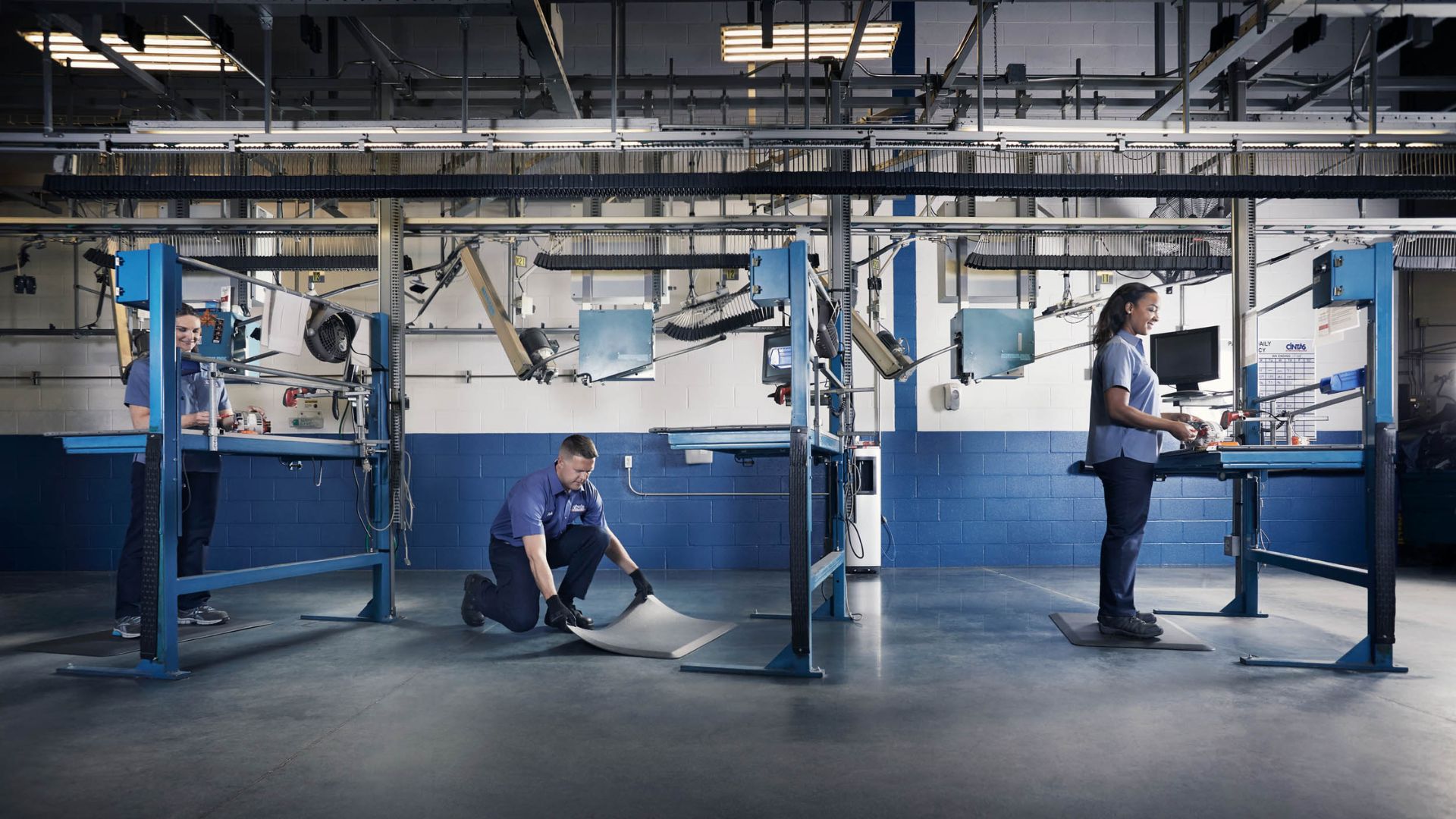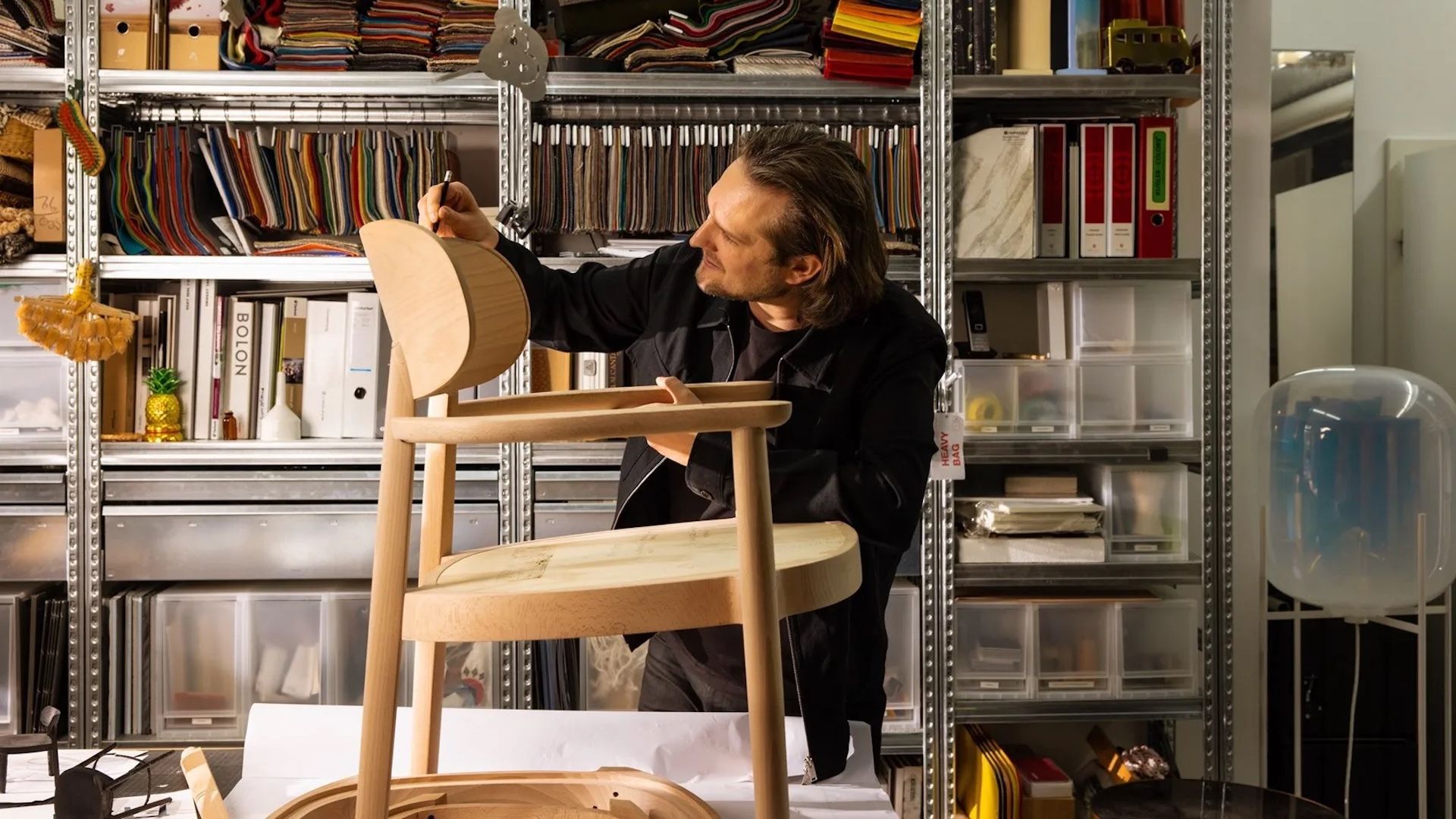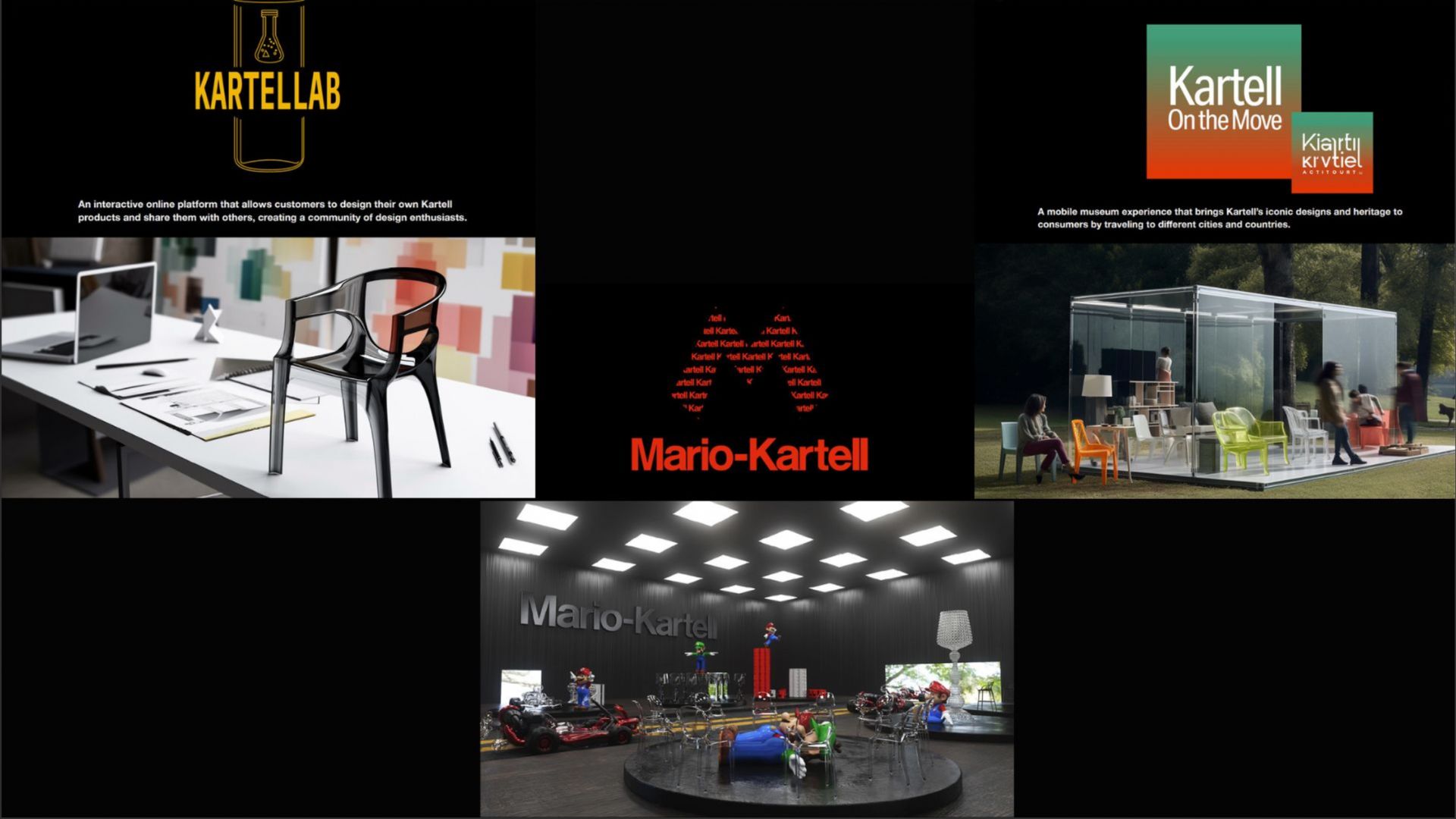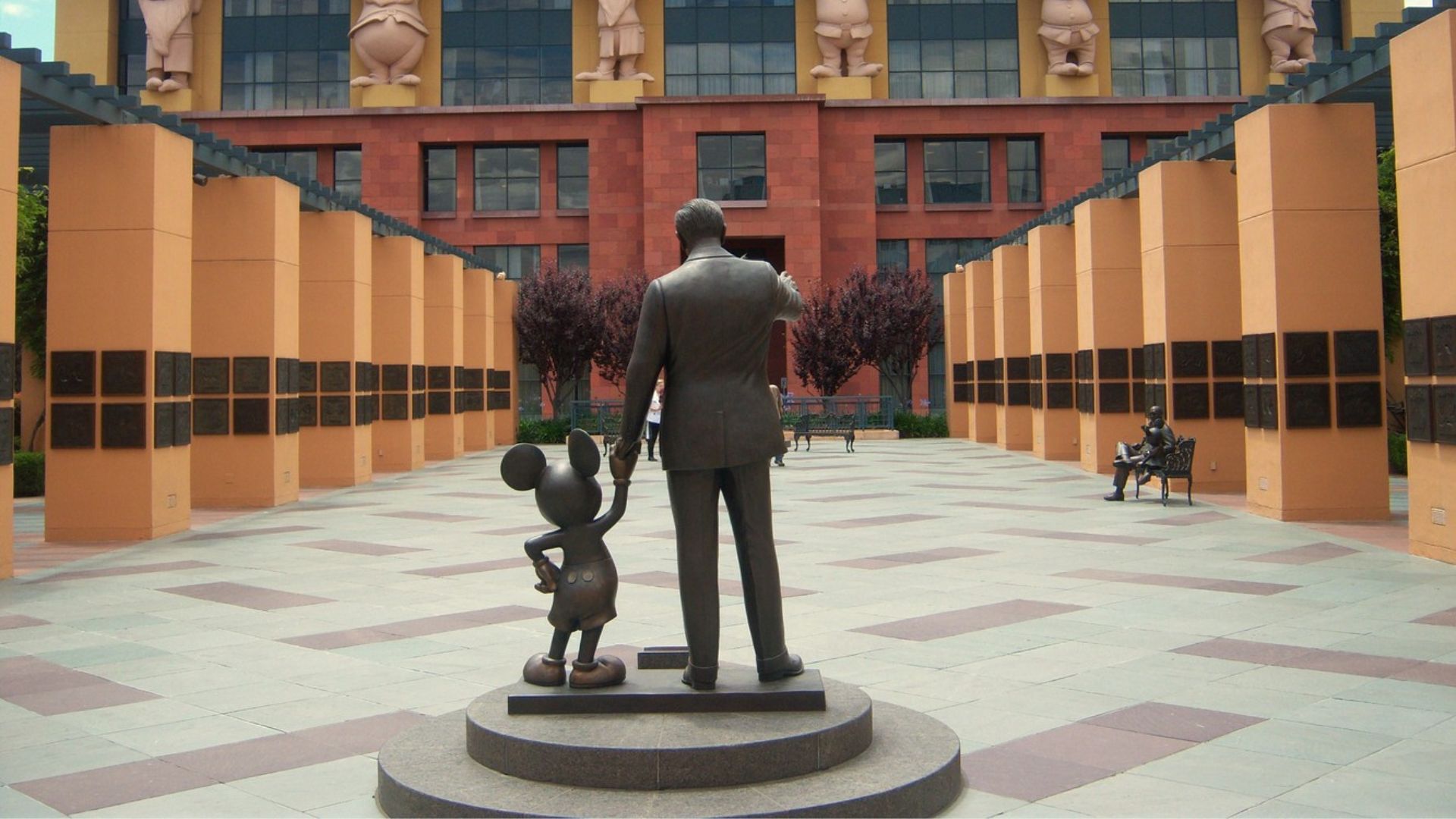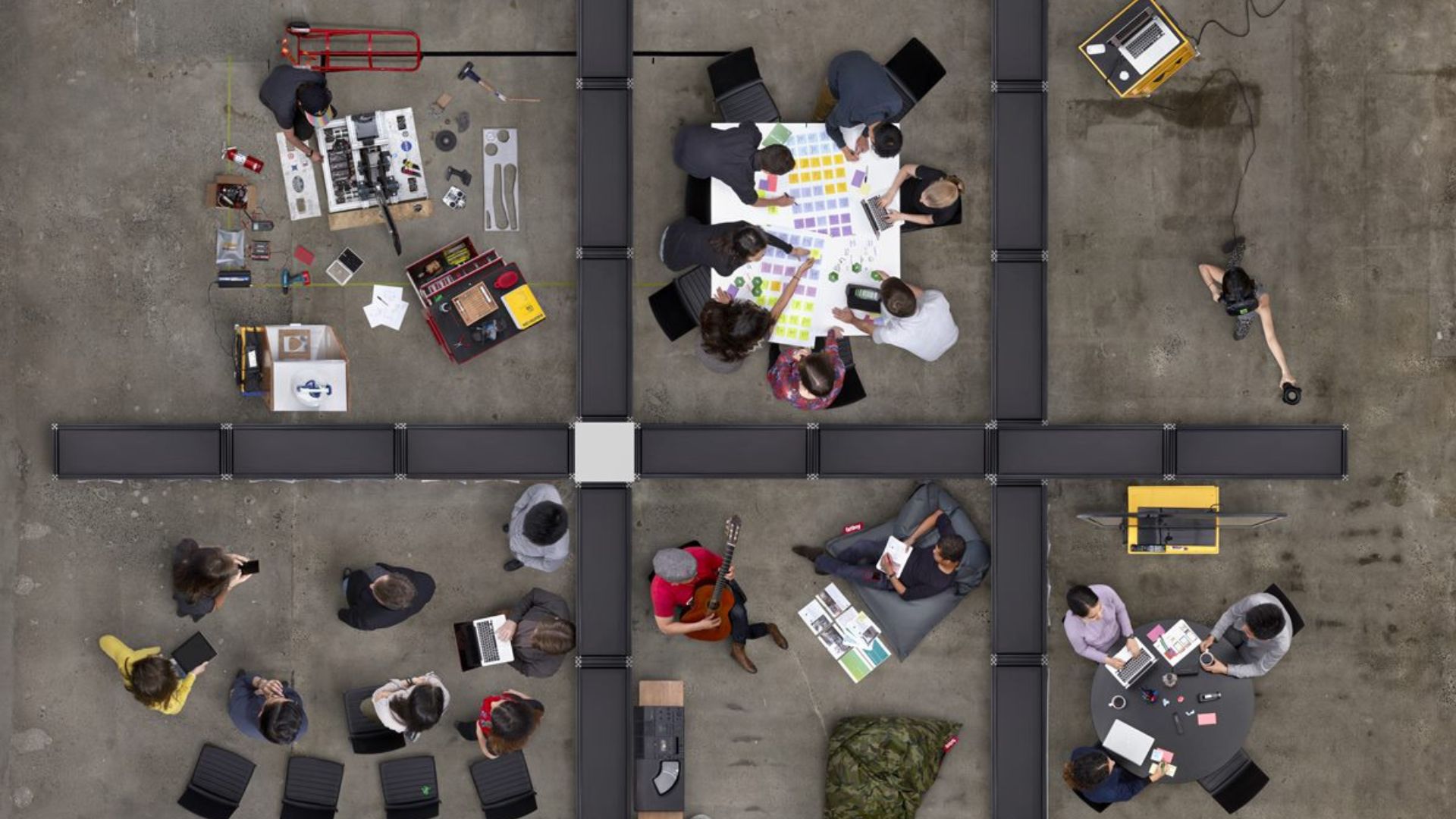Why designers need a curated Instagram feed (and how to get there)
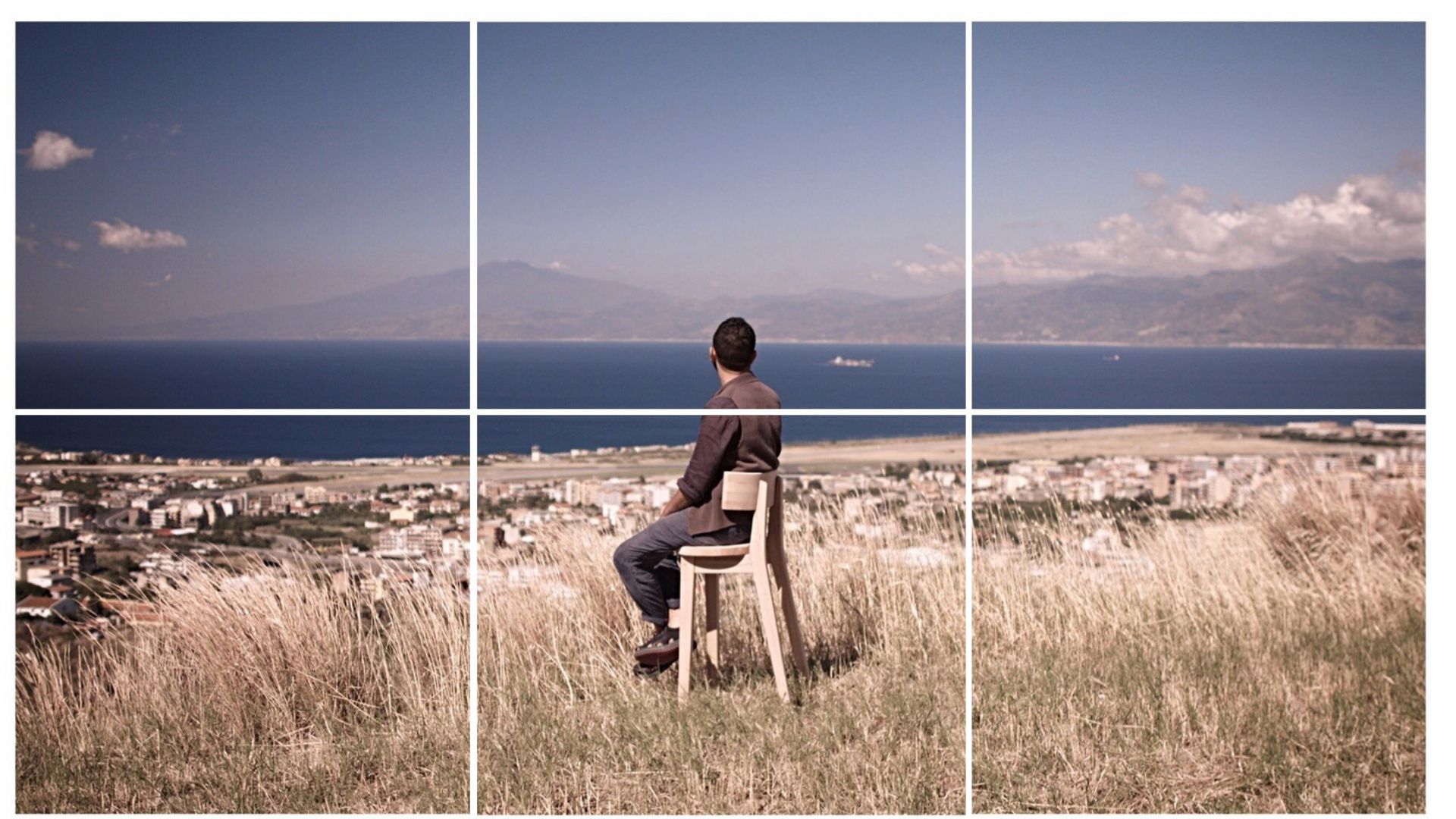
Telling your story on social media, especially on Instagram, is essential today because it is also on this platform where curators and talent scouts hunt for new talents.
“It is important to consider communication tools as a part of every design project”, says Federica Sala, one of the sharpest talent scouts and one of the most requested design curators (her latest show with Patricia Urquiola for the Cassina Maestri collection was universally considered the must-see of the Milan Design Week 2023).
“When designing, it should come natural to consider how you will tell your work”, she says.
“It does not mean that the image wins, but that you must be able to communicate the quality content through shots and texts, in a clear and exhaustive way”.
Such an approach, Federica Sala continues, pays off.
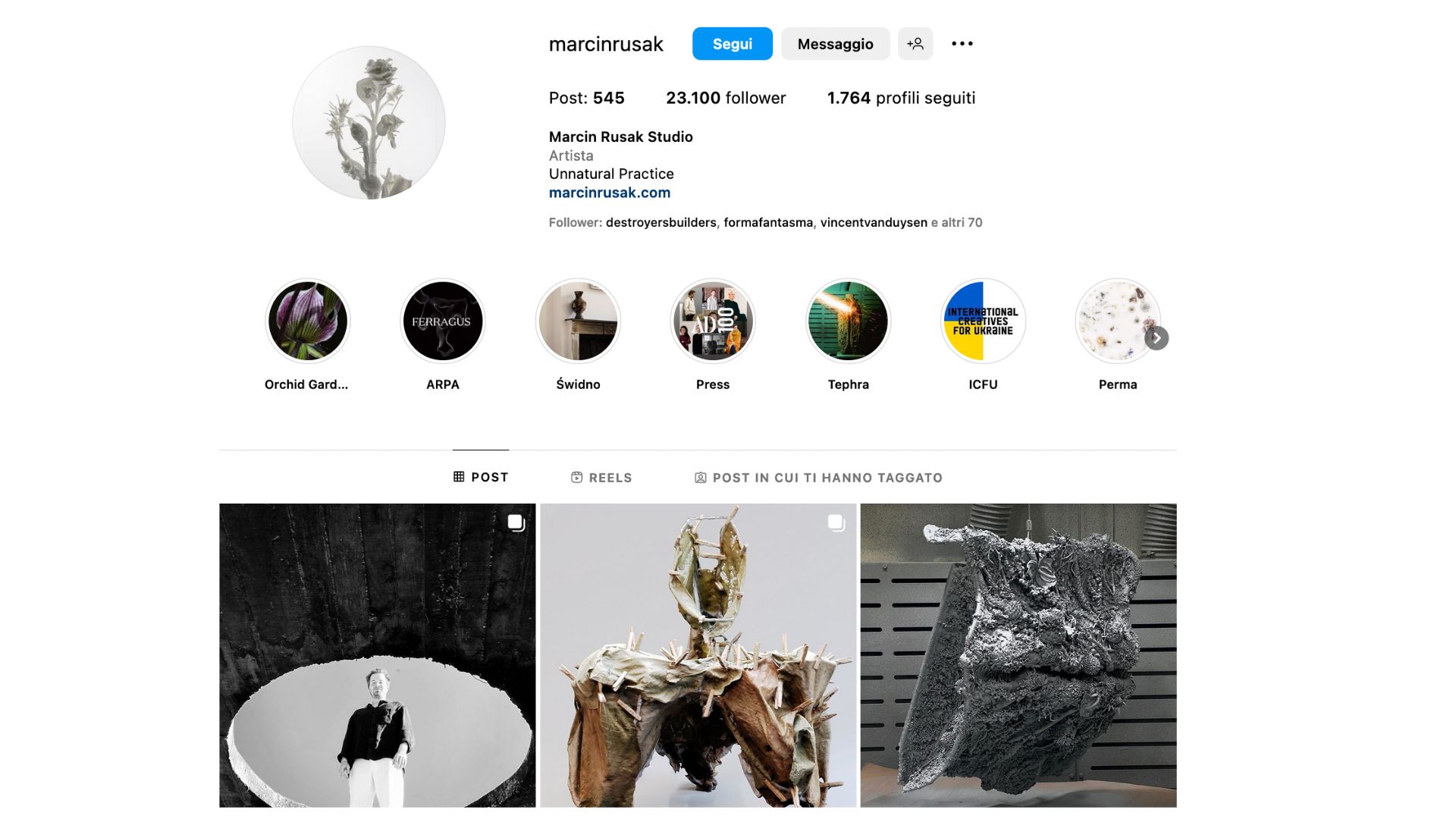
“Instagram is a platform widely used by curators like me to discover new talents. For example, I read magazines, and as soon as I see a creative I like, I immediately go look for his/her account on Instagram and save it in sub-folders such as art, design, etc.
On Instagram I visually understand if something interests me, then, only later, I also consult the designer’s website, to deepen his/her research, and at the first useful opportunity I try to meet him/her personally or at least via video call”.
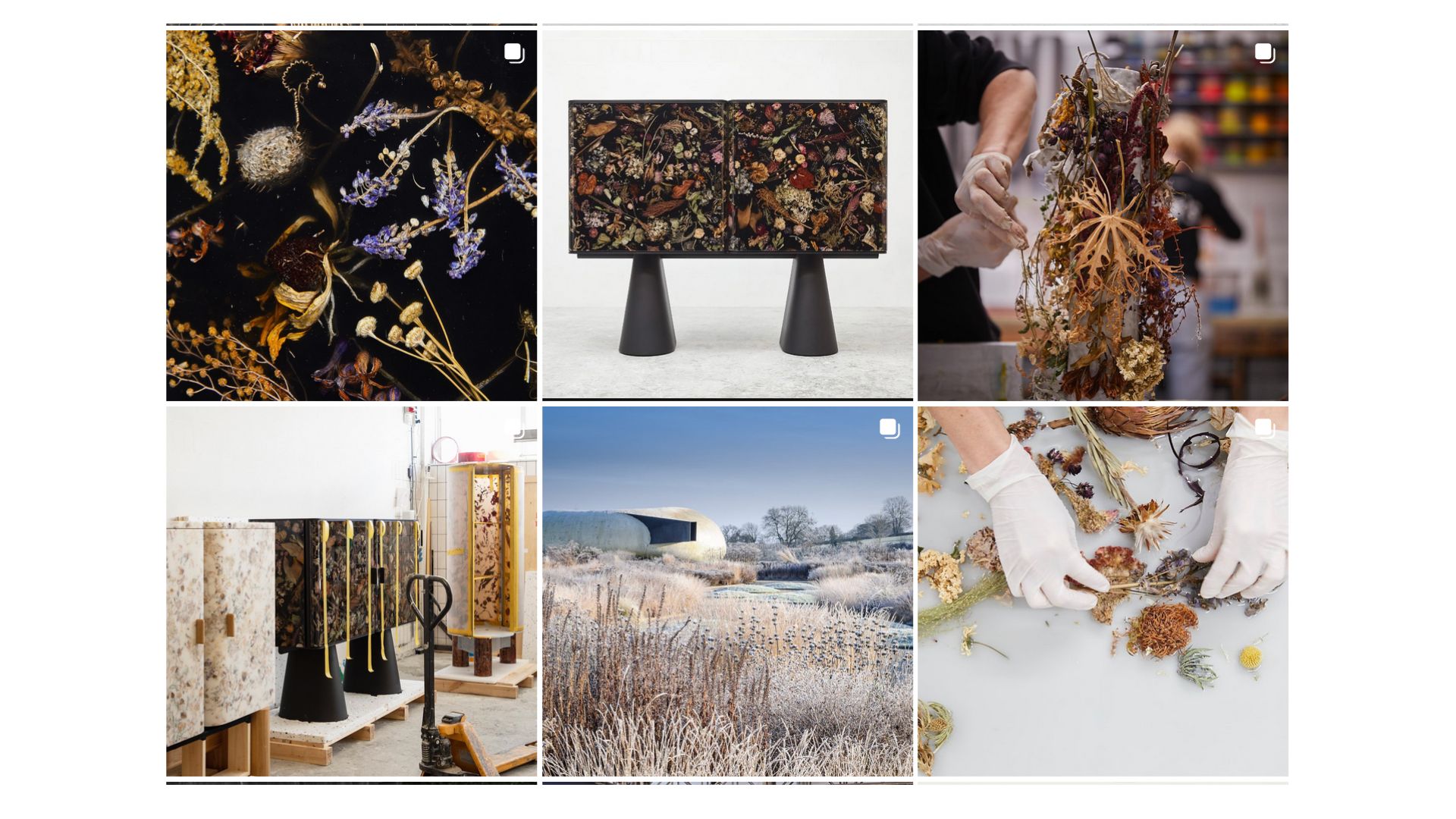
So how do you create a curated Instagram feed?
Here are 12 tips from Federica Sala.
1. Be yourself: make your nature shine
Use Instagram according to your personality, don’t force yourself if you don’t like social media, better publish the bare minimum. If, on the other hand, you are passionate about Instagram, use it honestly, telling the truth, what you really know how to do, your interests, don’t be the perfect copy of someone else, because it doesn’t matter.
Some designers are daring, like Antonio Aricò who publishes his projects also showing his body, creating a narrative consistent with his personality. But if you’re more shy, don’t force yourself, you have to follow, and make your nature shine through.
2. Don’t delegate
If you want to avoid communicating an artifact, take care of the account by yourself.
An ideal account balances the moments of professional life with the private ones, to communicate your personality at 360 degrees. Clara Bona, for example, has made her profile the mirror of her personal and working life. At the base there is always what you really are. And remember: don’t be afraid to make mistakes, perfect profiles get boring.
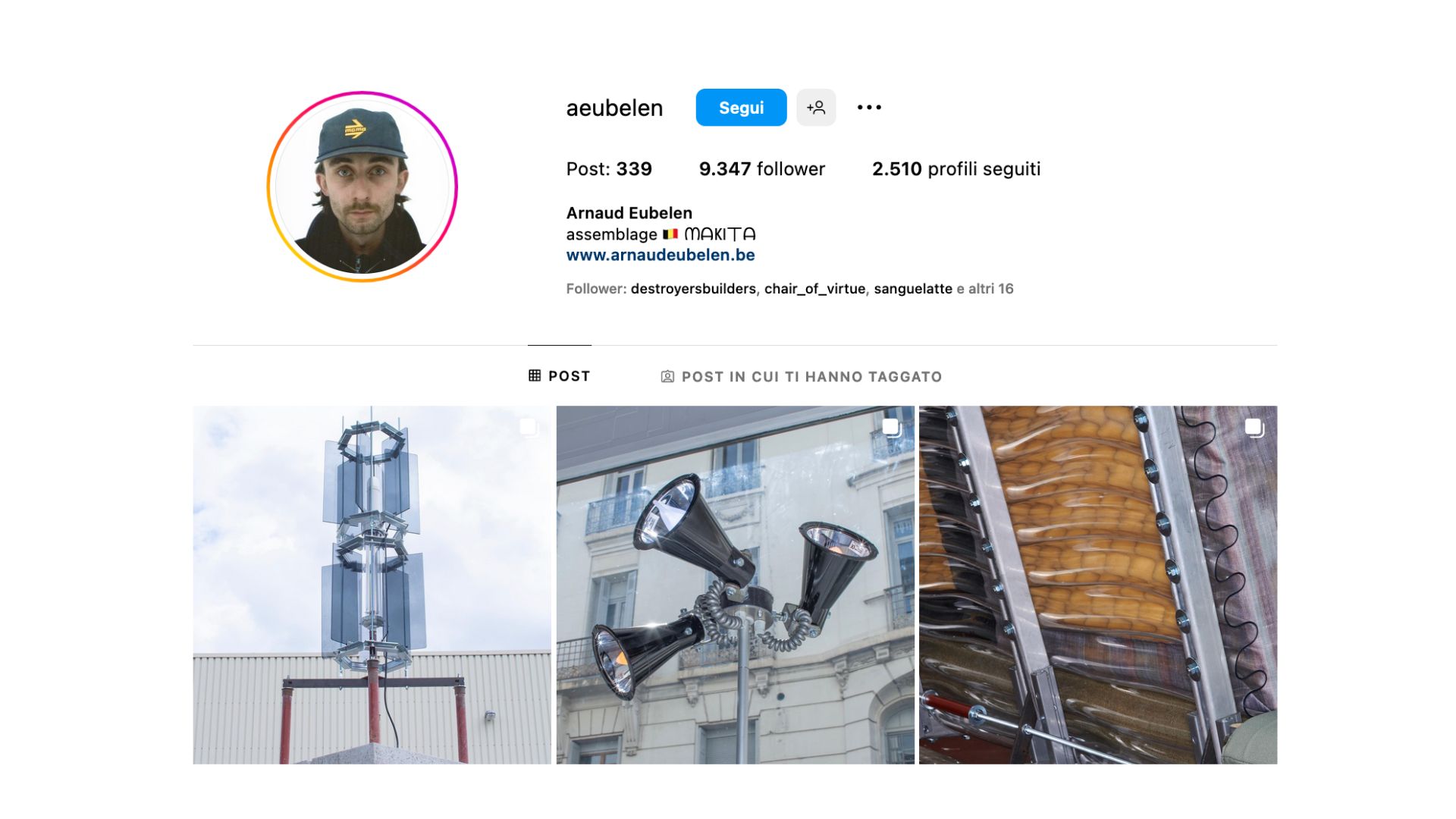
3. Be consistent, since the beginning
I usually scroll through the entire Instagram account, from the last posts I go backwards to the first steps, to understand the evolution of the designer. So it’s important to be consistent, which doesn’t mean always being the same, on the contrary, if you start for example with ceramics, and over time you become passionate about wood, it’s not synonymous with inconsistency, but with evolution.
4. Plan strategically
It can be useful to plan when and what to post on Instagram. For example, in view of the Salone del Mobile in Milan, scheduling a progressive revelation of news can really do you good.
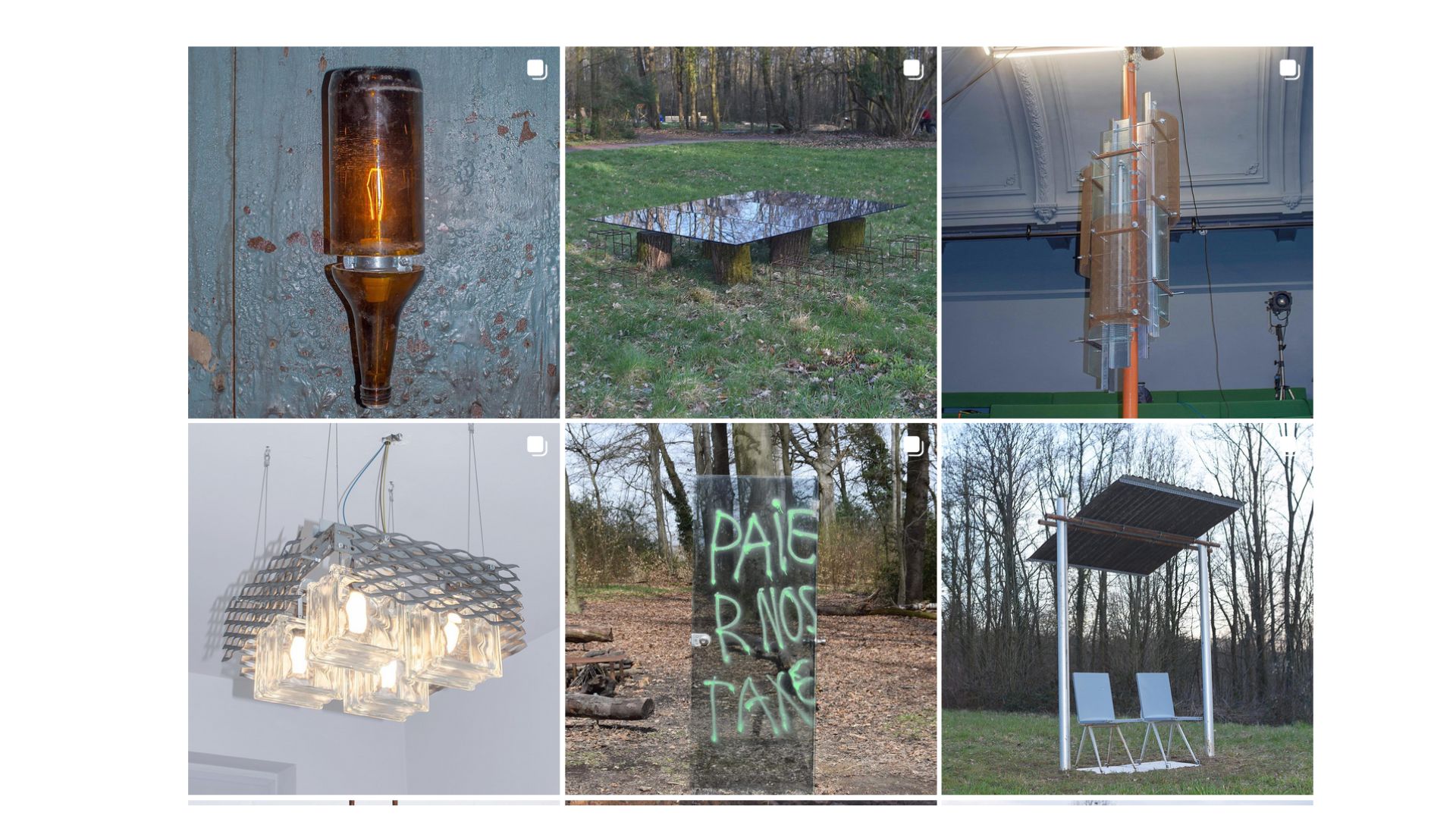
5. Don’t publish only inspirations.
For example the architectures of famous designers. If you only do this, you won’t make it clear what the object of your work is. Architectures, designs or art pieces that are related to your research and current projects, on the contrary, are very useful. Because they say something about who you are”.
6. Do not spam the feed.
For instance by posting more details of an object in a compulsive way, publishing 10 pictures per day, photographing the same thing from different angles. Better to be less present (which doesn’t mean absent!), and publish only when you really have something to say.
7. Go for variety.
Or you risk flattening the content. Focus on what you’re really good at, trying to vary between renderings, pencil drawings, sketches, collages. In this way you will avoid the monotony of the story, and you will say a lot about your style and your creative method.

8. Post curated images
Photos must be well done, creating photographic sets, or even using only the mobile phone. But beware: the image is important, but it’s not everything, at the base you need the contents.
9. Write curated texts
On Instagram, images are striking, but it is also important to insert explanatory texts: short, precise, catchy. Avoid self-celebratory “press release” phrases, and terms like “iconic” and “amazing”. For the language: you can use your own, but also in English, or in another language, it depends on the community you wish to address”.
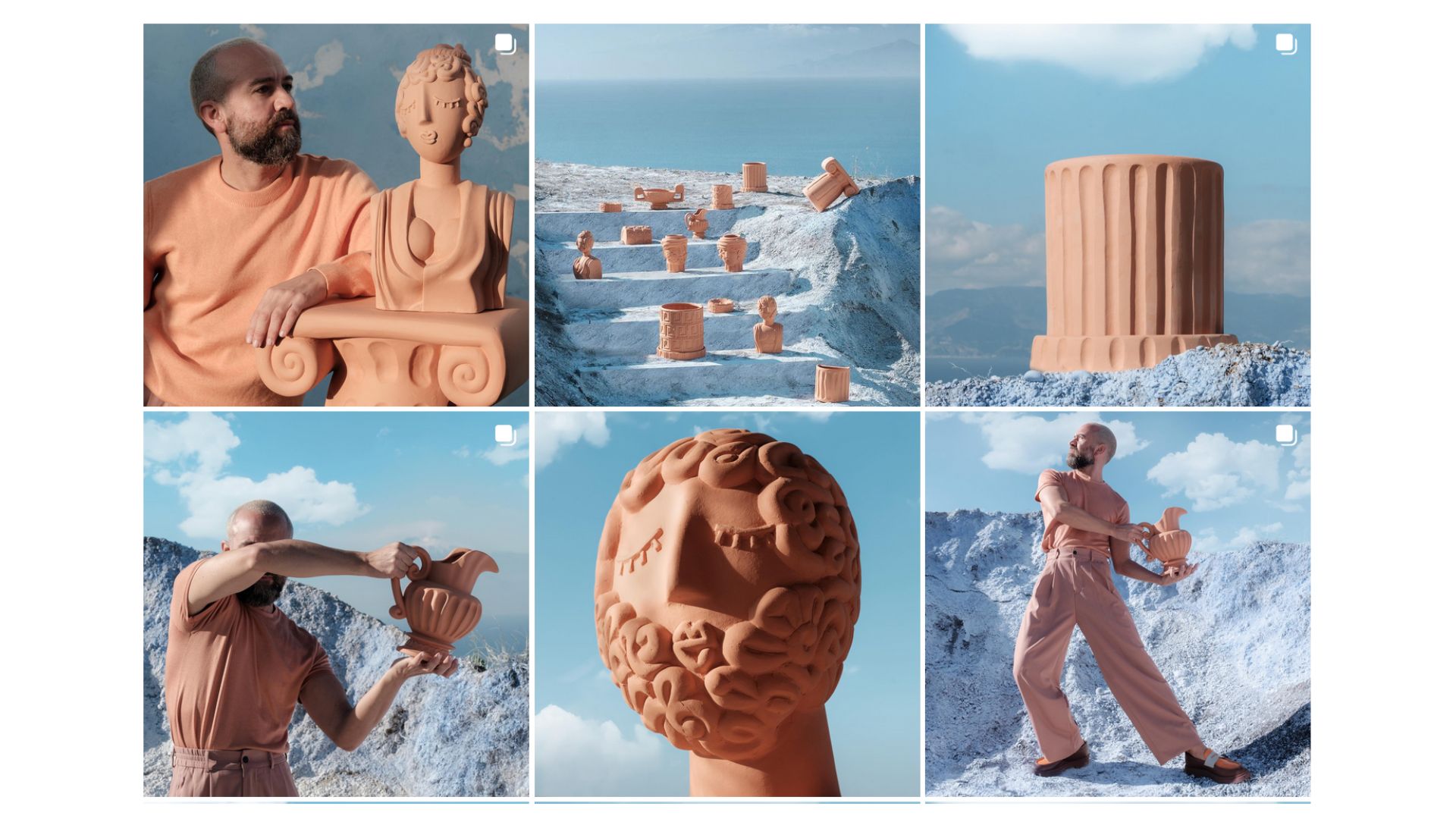
10. Go for a few but good followers.
Don’t bet on numbers, create a network of quality followers, such as journalists, curators, architects. For example, if the account I observe is followed by people I trust, then I start to investigate it better and, possibly, even follow it myself”.
11. Provide immediate and usable content
By scrolling your profile, posts must quickly tell who you are and above all what your type of research is. Instagram is a fast social media, so be clear, immediate, direct and transparent”.
12. Go deep.
We curators look for the ability to do research, to be experts in a sector, material, formal experience, individuals who know how to dive into a theme.
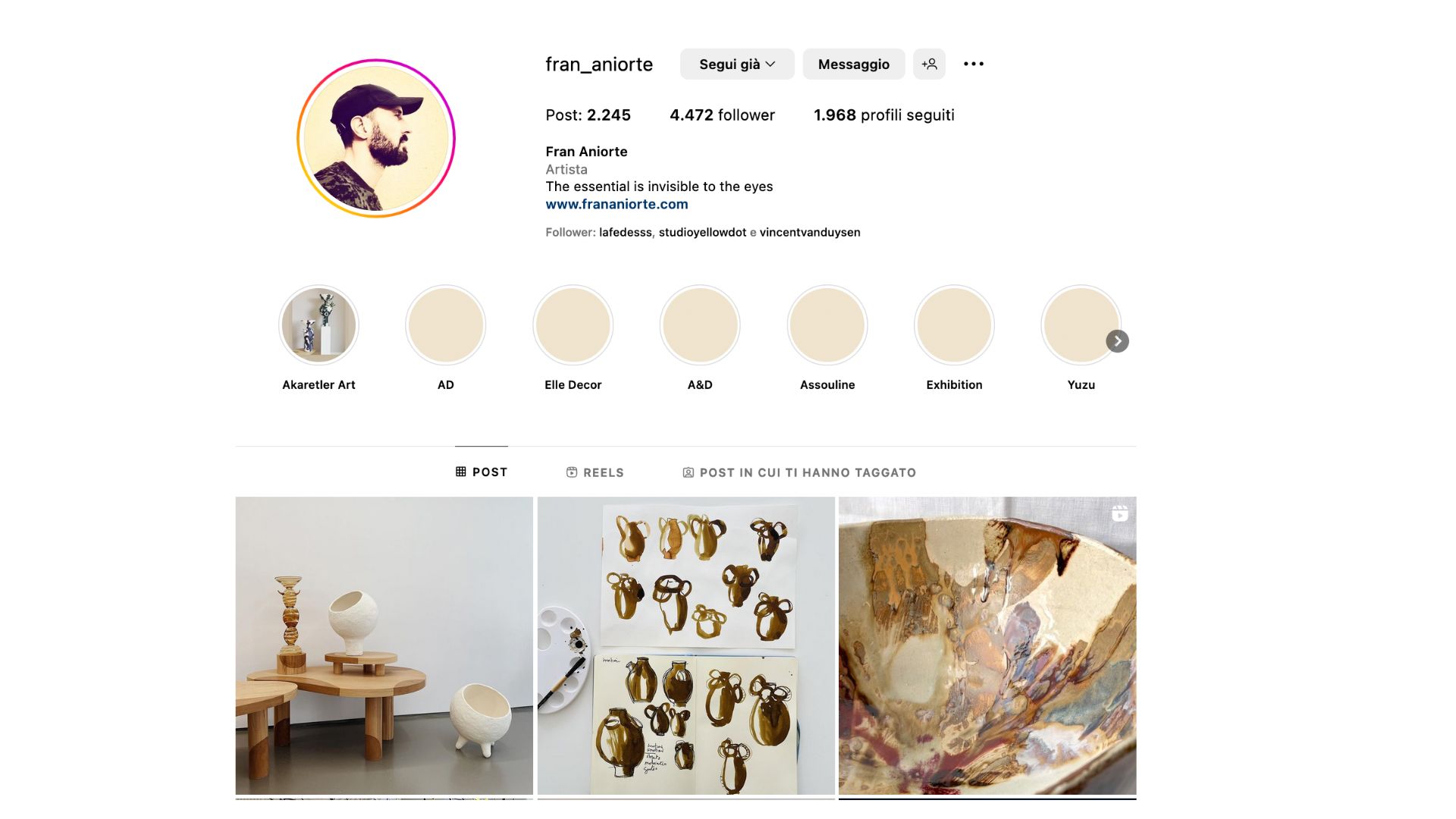
This, however, does not mean, as mentioned before, always obsessively publishing the same thing from different angles. I think one of the most beautiful recent exhibitions has been U-Joints curated by Andrea Caputo and Annina Koivu, an investigation only on the joint system, a maniacal and crazy research. But it’s okay to post broader searches on Instagram. In my opinion, you can’t be a designer if you don’t know the materials and artisanal or industrial production techniques, but especially if you’re young, you can’t know everything.
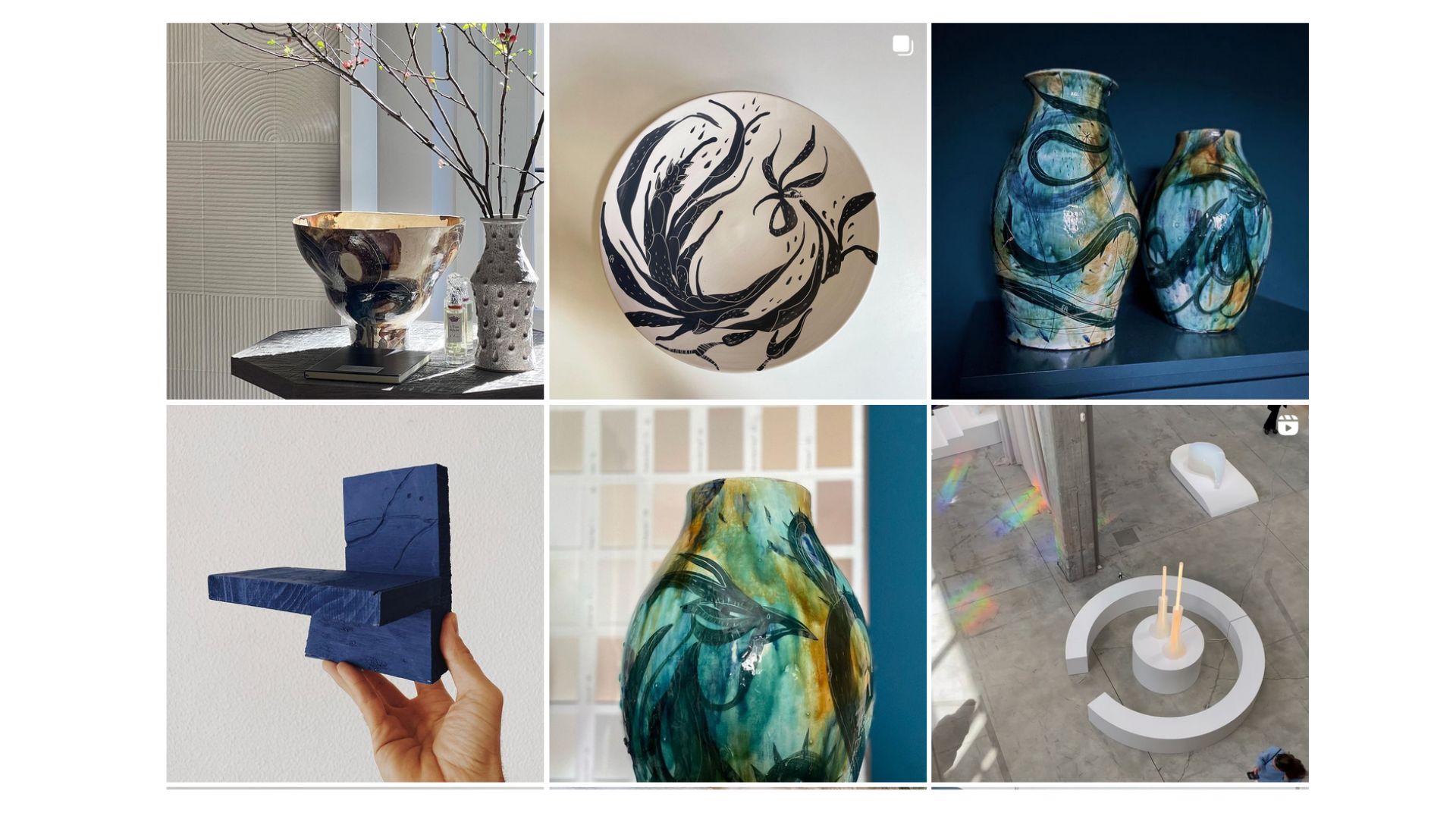
The important thing is to tell your research and experimentation, with great competence, in a clear and, above all, honest way.
If you do everything, you have to prove it. Sometimes research can start in one way, and then turn into another, and it’s okay to tell this evolution, which is not inconsistency, it’s the ability to summarize everything that you have been done and learned. However, always be yourself”.




